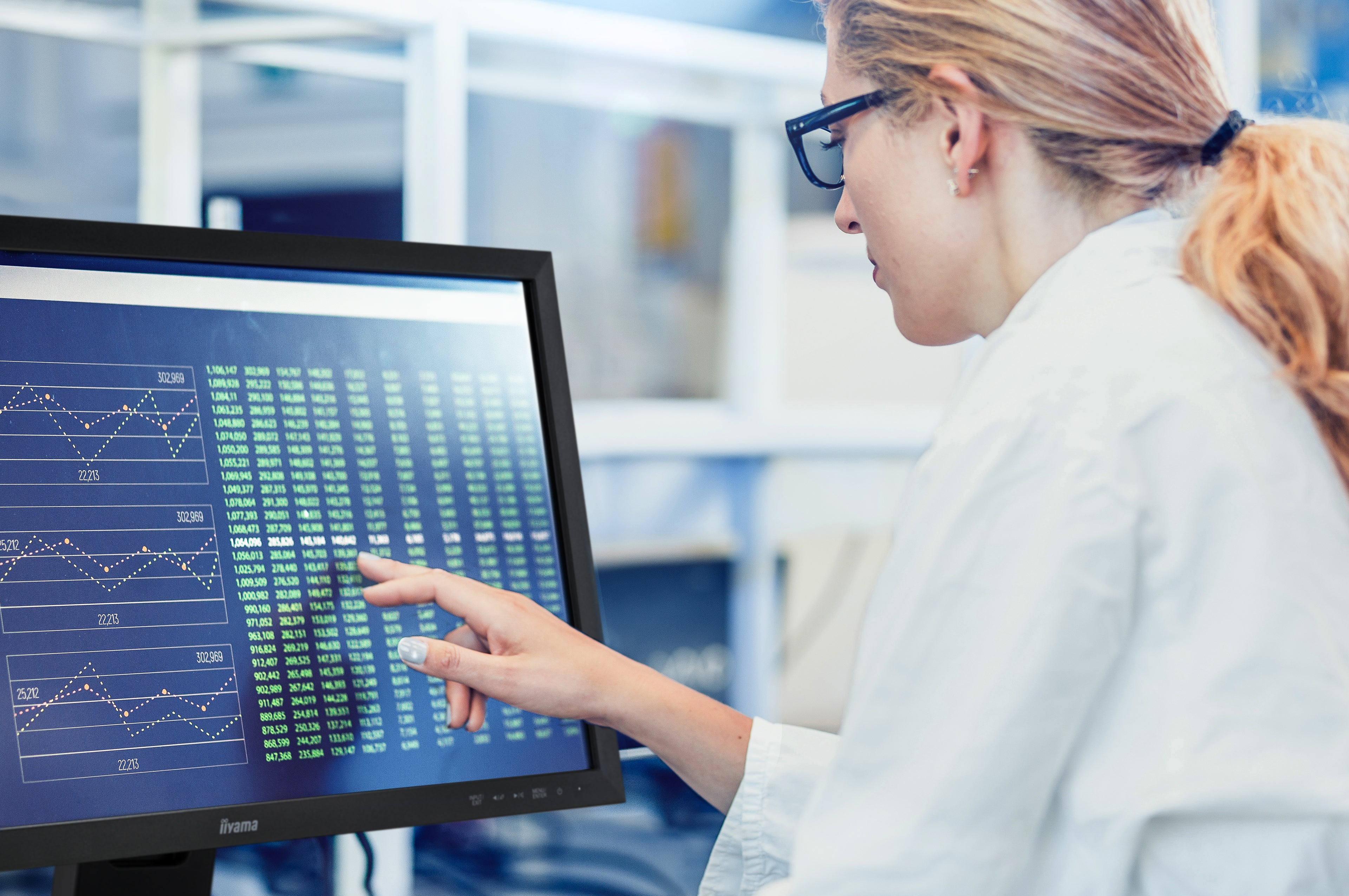Touchscreens work by detecting the presence and location of a touch within the display area. There are several technologies used to do this, including Resistive, Capacitive, Sound Acoustic wave (SAW) and Infrared.
Resistive Touchscreens
In a resistive touchscreen, the screen is made of two layers of material separated by a small gap. When an object, such as a finger, presses down on the screen, the two layers come into contact, and the location of the touch is detected by sensors on the edges of the screen.
Capacitive Touchscreens
In a capacitive touchscreen, the screen is coated with a material that can store electrical charge. When a finger touches the screen, it changes the amount of charge stored at that point on the screen, and the location of the touch is detected by sensors on the edges of the screen.
Surface Acoustic Wave (SAW) Touchscreens
Surface Acoustic Wave (SAW) touchscreens work by using a series of ultrasonic waves that are sent across the surface of the screen. These waves are created by transducers, which are placed along the sides of the screen.
When a finger or other object touches the surface of the screen, it interrupts the ultrasonic waves and causes a signal to be sent to a controller. The controller then calculates the location of the touch based on the timing and location of the signals received from the transducers.
SAW touchscreens are known for their high image clarity and durability, as they have no layers that can degrade over time. However, they are susceptible to interference from other sources of ultrasonic waves, such as nearby machinery or loudspeakers, which can cause false touch signals.
Infrared Touchscreens
In an infrared touchscreen, the screen is lined with infrared light-emitting diodes (LEDs) and photodetectors that form a grid of infrared light beams across the screen. When an object, such as a finger, touches the screen, it blocks some of the beams, and the location of the touch is detected by the photodetectors.
All of these technologies require the touch of a finger or special stylus to work, as they detect changes in electrical properties on the surface of the screen.

